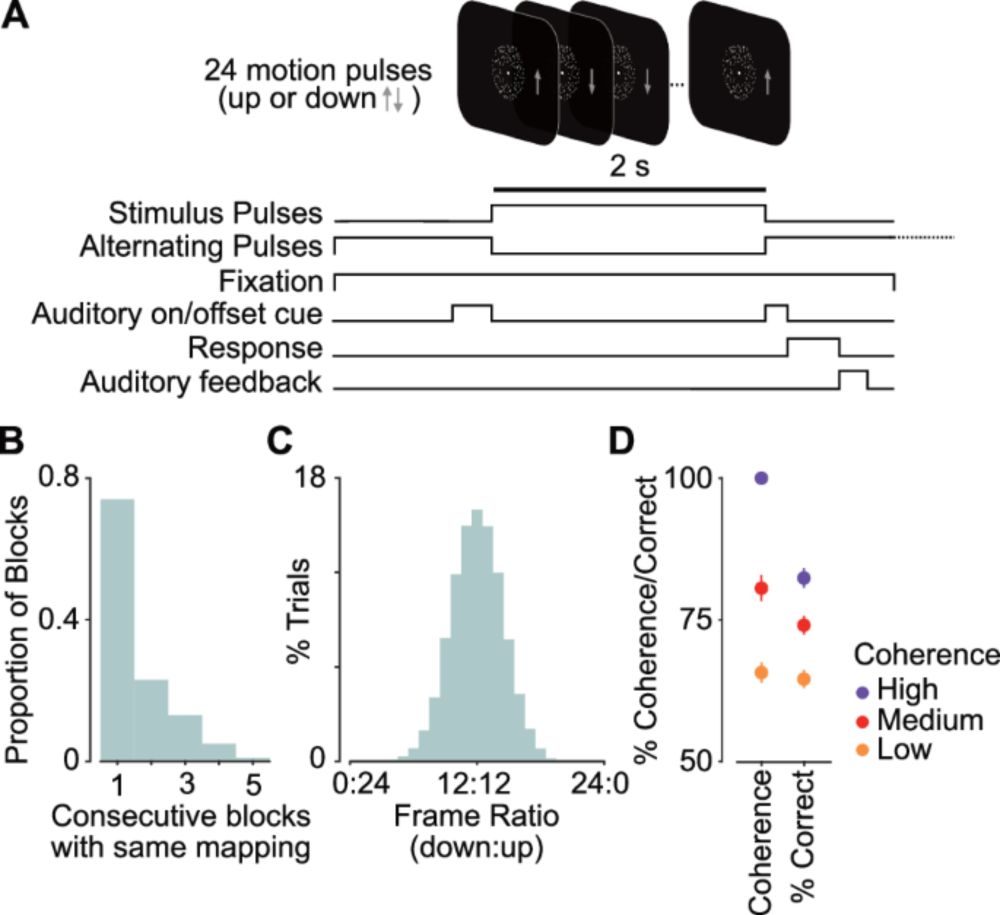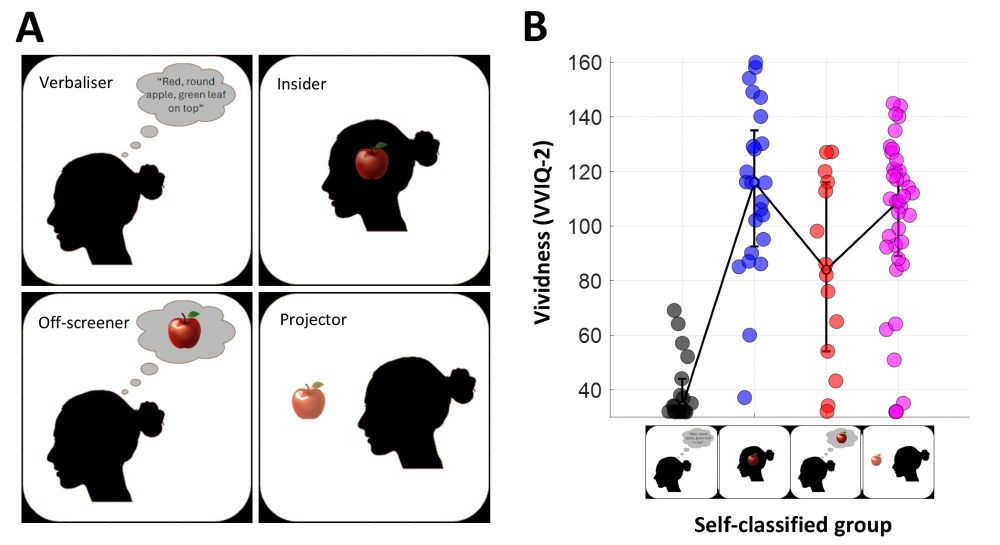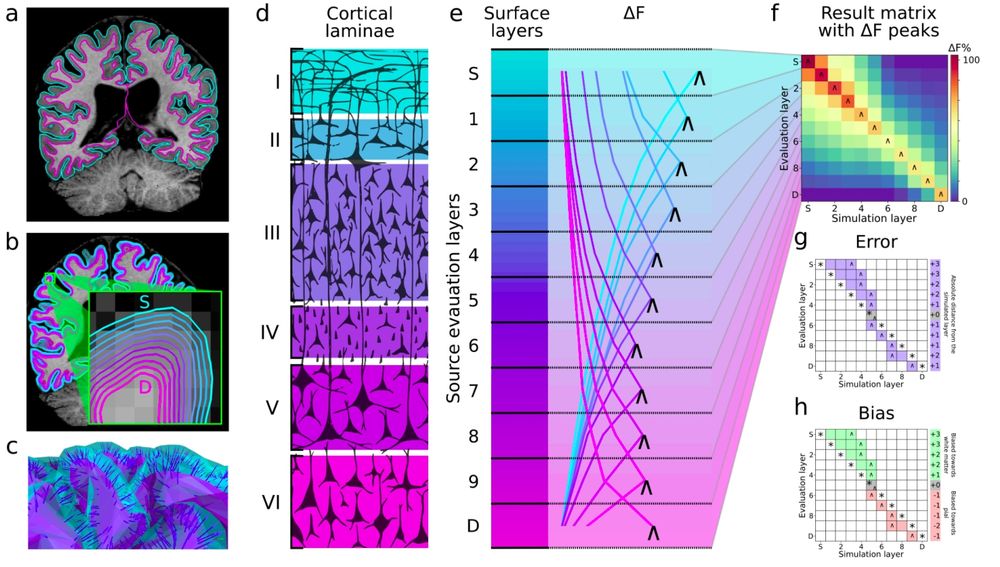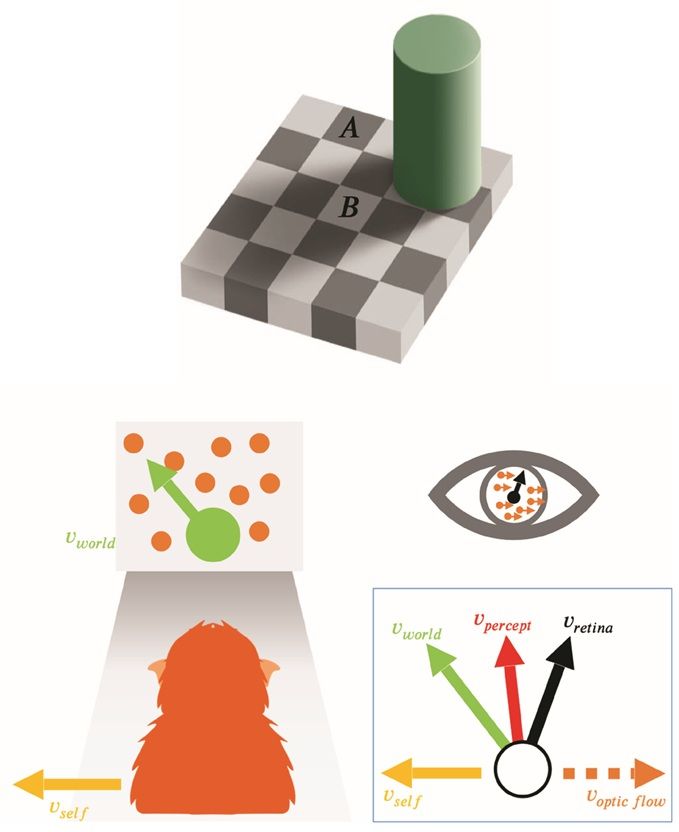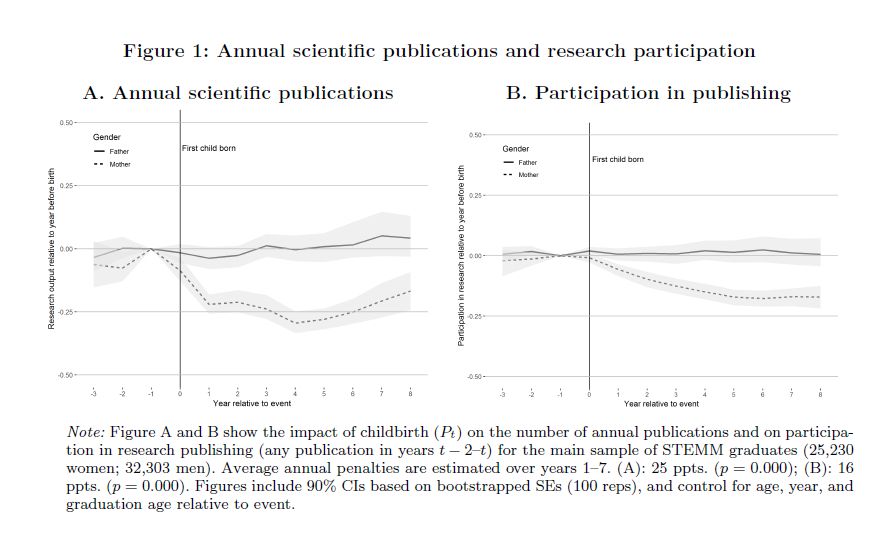Katrina Rose Quinn
@mightyrosequinn.bsky.social
82 followers
140 following
14 posts
Neuroscientist in Tübingen & mother of dragons. Interested in visual perception, decision-making & expectations.
Posts
Media
Videos
Starter Packs
Reposted by Katrina Rose Quinn
Reposted by Katrina Rose Quinn
Mark Histed
@markhisted.org
· 13d
Active Filtering: A Predictive Function of Recurrent Circuits of Sensory Cortex | Annual Reviews
Our brains encode many features of the sensory world into memories: We can sing along with songs we have heard before, interpret spoken and written language composed of words we have learned, and reco...
www.annualreviews.org
Reposted by Katrina Rose Quinn
Reposted by Katrina Rose Quinn
Reposted by Katrina Rose Quinn
Reposted by Katrina Rose Quinn
Reposted by Katrina Rose Quinn
Reposted by Katrina Rose Quinn
Reposted by Katrina Rose Quinn
Reposted by Katrina Rose Quinn
Reposted by Katrina Rose Quinn
Reposted by Katrina Rose Quinn
Matteo Carandini
@carandinilab.net
· Sep 3

A brain-wide map of neural activity during complex behaviour - Nature
The International Brain Laboratory presents a brain-wide electrophysiological map obtained from pooling data from 12 laboratories that performed the same standardized perceptual decision-making task i...
www.nature.com
Reposted by Katrina Rose Quinn
Reposted by Katrina Rose Quinn
Micah G. Allen
@micahgallen.com
· Aug 29

Noradrenaline drives learning across scales of time and neurobiological organisation
The noradrenergic system plays a diverse role in learning, from optimising learning
behaviour to modulating plasticity. Work bridging across micro- and macroscale levels
is revealing how noradrenaline...
www.cell.com
Reposted by Katrina Rose Quinn
Reposted by Katrina Rose Quinn
Reposted by Katrina Rose Quinn
Reposted by Katrina Rose Quinn
Reposted by Katrina Rose Quinn
